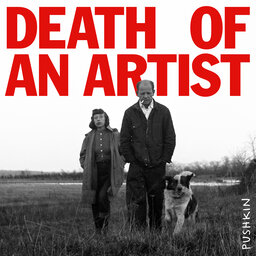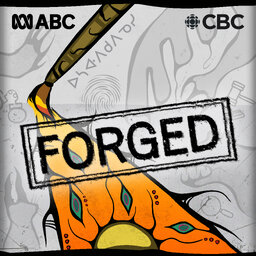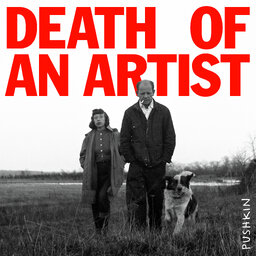Following Ana’s death, police take Carl in for questioning. He has scratches on his face. His story is inconsistent, yet he maintains his innocence. In this episode, we rewind and take a look back at Carl’s history and his relationship with Ana and try to understand what led to that night.
To hear the rest of Season 1 ad-free, sign up for Pushkin+ on the Death of an Artist show page in Apple Podcasts, or at pushkin.fm/plus.
 Death of an Artist
Death of an Artist


